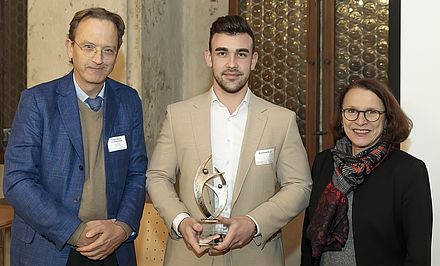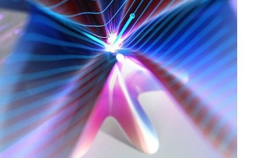
Computational Electronic Structure Theory Junior Group
Many exciting phenomena in physics, chemistry and biology are caused by the ultrafast motion of electrons and nuclei on atomic scales. We study ultrafast phenomena by computational means, our main focus is on exploring the motion of electronic excitations in condensed matter. For our studies, we employ and develop custom-tailored electronic structure methods.
Current research topics include:
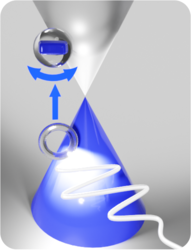 Ultrafast electron dynamics Ultrafast electron dynamics | 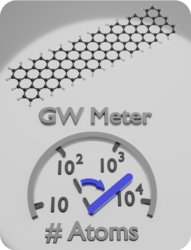 Electronic structure method development Electronic structure method development |
NEWS
Accelerating electronic band structure calculations by a factor > 10000
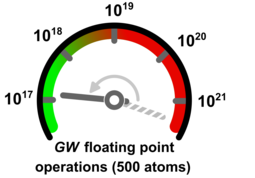 Interested in calculating the electronic band structure with GW ? Check out how to reduce the computation time by 4 (!) orders of magnitude! Suited for 2D materials & moiré structures, available open-source in the CP2K code.
Interested in calculating the electronic band structure with GW ? Check out how to reduce the computation time by 4 (!) orders of magnitude! Suited for 2D materials & moiré structures, available open-source in the CP2K code.
J. Chem. Theory Comput. 20, 2202 (2024)
CP2K inputs available at cp2k.org
Research snapshop available at the Gauss Centre for Supercomputing
Brigitta and Oskar Braumandl prize for Max Graml
© Stadt Regensburg/Christian Kaister
Congratulations to Max Graml for receiving the research prize of the Brigitta and Oskar Braumandl Foundation! The award recognizes Max's outstanding contributions to advancing our understanding of high-harmonic spectra. The prize has been awarded during a ceremony in the historic city hall by Gertrud Maltz-Schwarzfischer, Mayor of Regensburg.
Article: Mittelbayerische, 13 November 2023. Further pictures available here.
Improved understanding of high-harmonic spectra
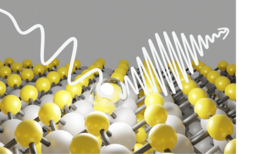 For high-harmonic generation, an intense laser pulse is targeted on a substrate producing high-frequency radiation. We derive a transparent analytical formula that describes the relation between laser pulse parameters and peak positions in the high-harmonic spectrum.
For high-harmonic generation, an intense laser pulse is targeted on a substrate producing high-frequency radiation. We derive a transparent analytical formula that describes the relation between laser pulse parameters and peak positions in the high-harmonic spectrum.
Article: Phys. Rev. B 107, 054306 (2023) (selected as Editor's Suggestion)
Funding within the Emmy Noether Programme
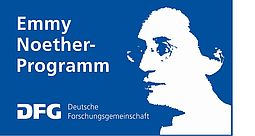 We are very happy to receive funding within the Emmy Noether Programme of the DFG. In the project, we will analyze ultrafast exciton dynamics using first-principles simulations.
We are very happy to receive funding within the Emmy Noether Programme of the DFG. In the project, we will analyze ultrafast exciton dynamics using first-principles simulations.
Press release of the University
Highly conductive single-molecule topological insulators
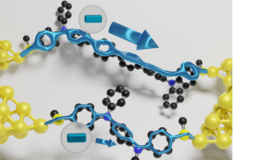 Researchers in Prof. Venkataraman's group (Columbia University, New York) have built organic topological-insulator wires. Longer wires show an unusual increase in conductance. Our theoretical models support an interpretation of this finding based on topology.
Researchers in Prof. Venkataraman's group (Columbia University, New York) have built organic topological-insulator wires. Longer wires show an unusual increase in conductance. Our theoretical models support an interpretation of this finding based on topology.
Article: Nat. Chem. 14, 1061 (2022)
Press release available at phys.org.
Topological high-harmonic generation
Together with the groups of Prof. Huber, Prof. Richter (both UR) and Prof. Höfer (UR and Uni Marburg), we describe a novel generation mechanism of high harmonics in the surface state of a topological insulator.
Article: Nature 593, 385 (2021)
Press release in German and in English.
Popular & Outreach
- The Gauss Centre for Supercomputing (GCS) has highlighted our development of low-scaling GW methods in their article Scientists Expand Study of Ultrafast Electron Dynamics with Help of SuperMUC-NG .
- Talk in the "Regensburg Research Hour" (in German) on Ultrakurzzeit-Physik in Materialien für mehr Nachhaltigkeit, freely available in the UR-Mediathek.
- Our research has been picked up by the Badische Zeitung, Freiburg, in the article Stößt der Nanokosmos das Tor zu schnelleren Computern auf? (published on 03 December 2022), article text freely available here.
